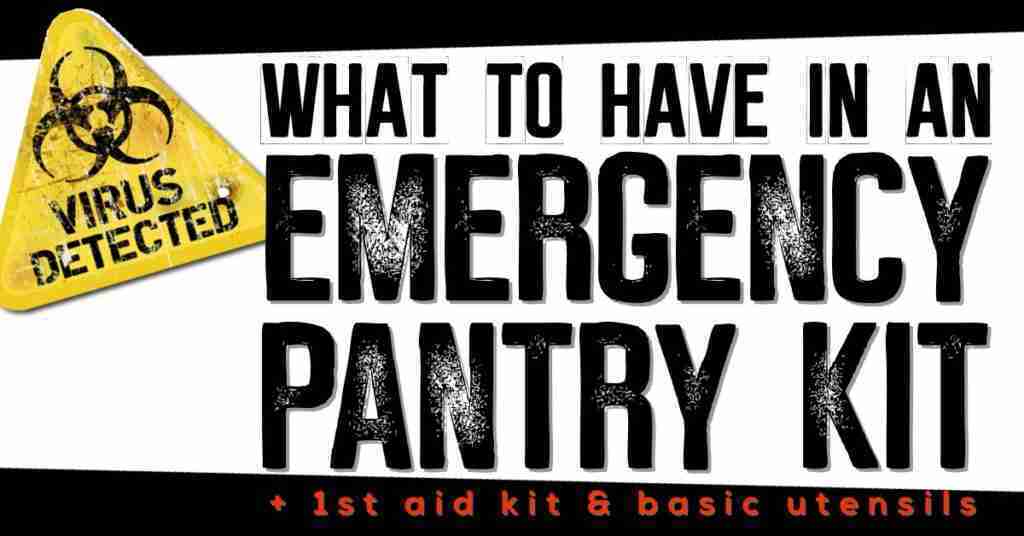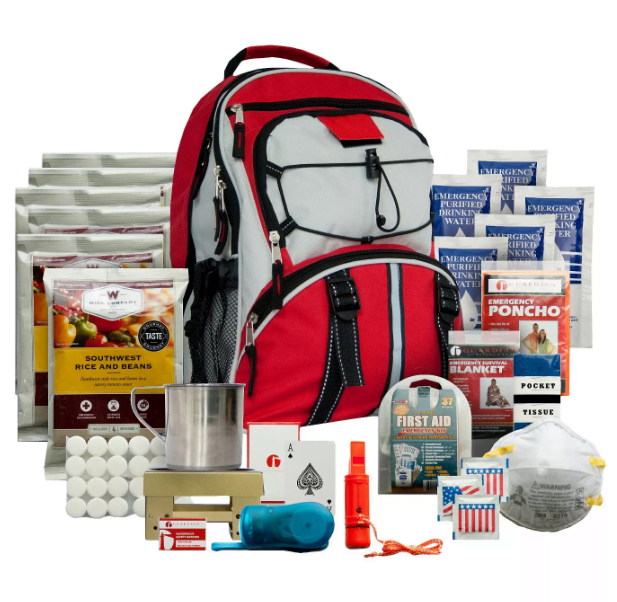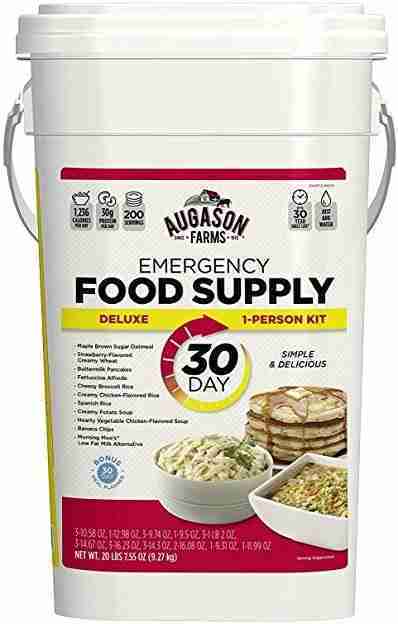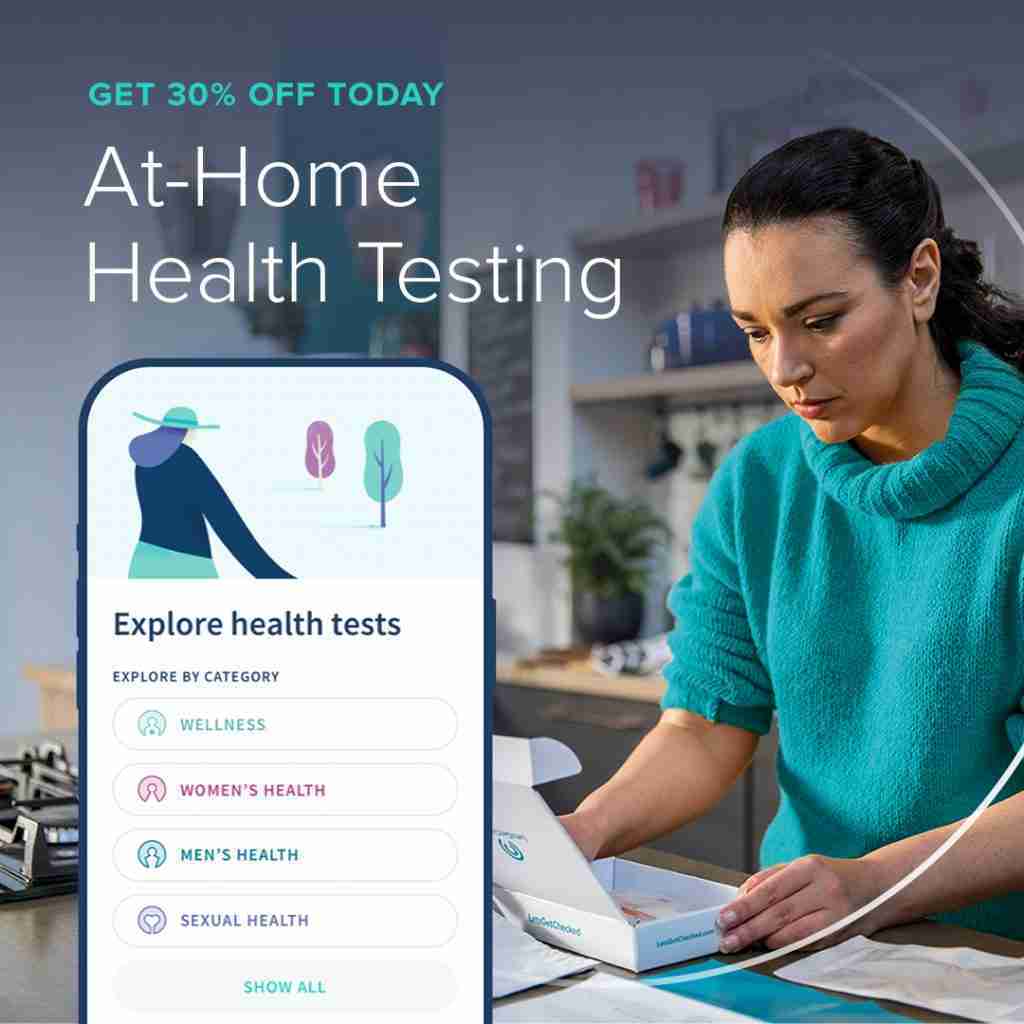What to Have in an Emergency Pantry Kit + 1st Aid Kit & Basic Utensils

Knowing what to have in a Emergency Pantry Kit can be the key to help you, your family and society in the case of crisis such as pandemics, natural disasters or government crisis.
REMEMBER:
There is no need to overreact or go overboard, these are precautionary measures, you probably won’t need to use the kit in a bad situation, the best thing is all of the items can be used in your daily life.
Why planning ahead?
There are some very important reasons why you should prepare for a disaster:
- Saves Lives – Different disasters require different responses. Being prepared for various disaster emergencies can make a huge difference in saving lives as well as money.
- Reduces Danger – Knowing the steps to take during a disaster – whether flooding, tornadoes, earthquakes or another crisis – can greatly reduce the danger and distress your family may face.
- Reduces Uncertainty – Not having a complete understanding of a hazard threat can leave you frightened and uncertain of what to do
to protect yourself and your loved ones. Being prepared by knowing what to do reduces uncertainty. - Helps Cope with Stress – Disasters are stressful events over which we have little or no control. The sudden disruption of everyday life, the experience of fear, feelings of uncertainty and a lost sense of safety are the common factors that make all disasters very stressful.
- Speeds Recovery – How quickly you can recover from a disaster depends on how well you have planned and prepared for one.
- Establishes Sense of Safety and Security – Children take their emotional cues from the significant adults in their lives. Adults can help children cope first and foremost by establishing a sense of safety and security.
- Your Responsibility – Preparing for a disaster is simply part of providing for and protecting your family.
- Your Civic Duty – Preparing for an emergency allows first responders to help those who truly need assistance instead of helping you who knows better and is prepared.
(info via: http://disasterpreparednesscourse.com/)
Planning ahead basic notions:
Viruses, hurricanes, tornadoes, floods, major earthquakes, extreme blizzards, and other disasters could leave you trapped for several days. Keeping you and your family safe is the most important, if you’re able to stay in your house, you’ll need supplies, including food and water.
In case of lack of electricity, the food you already have in your refrigerator and freezer will keep cold for a day or two, but unless you have your own generator, you’ll need some things that don’t require electricity for storage or preparation. Plan ahead and keep an emergency food pantry stocked with healthy foods so you can feed your family until the disaster has passed.
Basic Emergency & Disaster Kit
To assemble your kit, store items in airtight plastic bags and put your entire disaster supplies kit in one or two easy-to-carry containers such as plastic bins or a duffel bag. In case of preparing for a lock-down, add the same items to your normal pantry as well to your kit.
A basic emergency supply kit could include the following recommended items:
- Water – one gallon of water per person per day for at least three days, for drinking and sanitation
- Food – at least a three-day supply of non-perishable food such as canned fish, granola bars, dried meat and canned vegetables.
- Battery-powered or hand crank radio and a NOAA Weather Radio with tone alert
- Flashlight
- First aid kit
- Extra batteries
- Whistle to signal for help
- Dust mask to help filter contaminated air and plastic sheeting and duct tape to shelter-in-place
- Moist towelettes, garbage bags and plastic ties for personal sanitation
- Wrench or pliers to turn off utilities
- Manual can opener for food
- Local maps
- Cell phone with chargers and a backup battery
Tip:
If you don’t have time to shop for a DIY kit, get a ready made one, like this one at Target. (Click the image)
Additional Emergency Supplies
Consider adding the following items to your emergency supply kit based on your individual needs:
- Prescription medications
- Non-prescription medications such as pain relievers, anti-diarrhea medication, antacids or laxatives
- Vitamins & Supplements
- Glasses and contact lense solution
- Infant formula, bottles, diapers, wipes, diaper rash cream
- Pet food and extra water for your pet
- Cash or traveler’s checks
- Important family documents such as copies of insurance policies, identification and bank account records saved electronically or in a waterproof, portable container
- Sleeping bag or warm blanket for each person
- Complete change of clothing appropriate for your climate and sturdy shoes
- Household chlorine bleach and medicine dropper to disinfect water
- Fire extinguisher
- Matches in a waterproof container
- Feminine supplies and personal hygiene items
- Mess kits, paper cups, plates, paper towels and plastic utensils
- Paper and pencil
- Books, games, puzzles or other activities for children
Maintaining Your Kit
After assembling your kit remember to maintain it so it’s ready when needed:
- Keep canned food in a cool, dry place
- Store boxed food in tightly closed plastic or metal containers
- Replace expired items as needed
- Re-think your needs every year and update your kit as your family’s needs change.
Kit Storage Locations
Since you do not know where you will be when an emergency occurs, prepare supplies for home, work and vehicles.
- Home: Keep this kit in a designated place and have it ready in case you have to leave your home quickly. Make sure all family members know where the kit is kept.
- Work: Be prepared to shelter at work for at least 24 hours. Your work kit should include food, water and other necessities like medicines, as well as comfortable walking shoes, stored in a “grab and go” case.
- Vehicle: In case you are stranded, keep a kit of emergency supplies in your car.
(info via: https://www.fema.gov/ )









